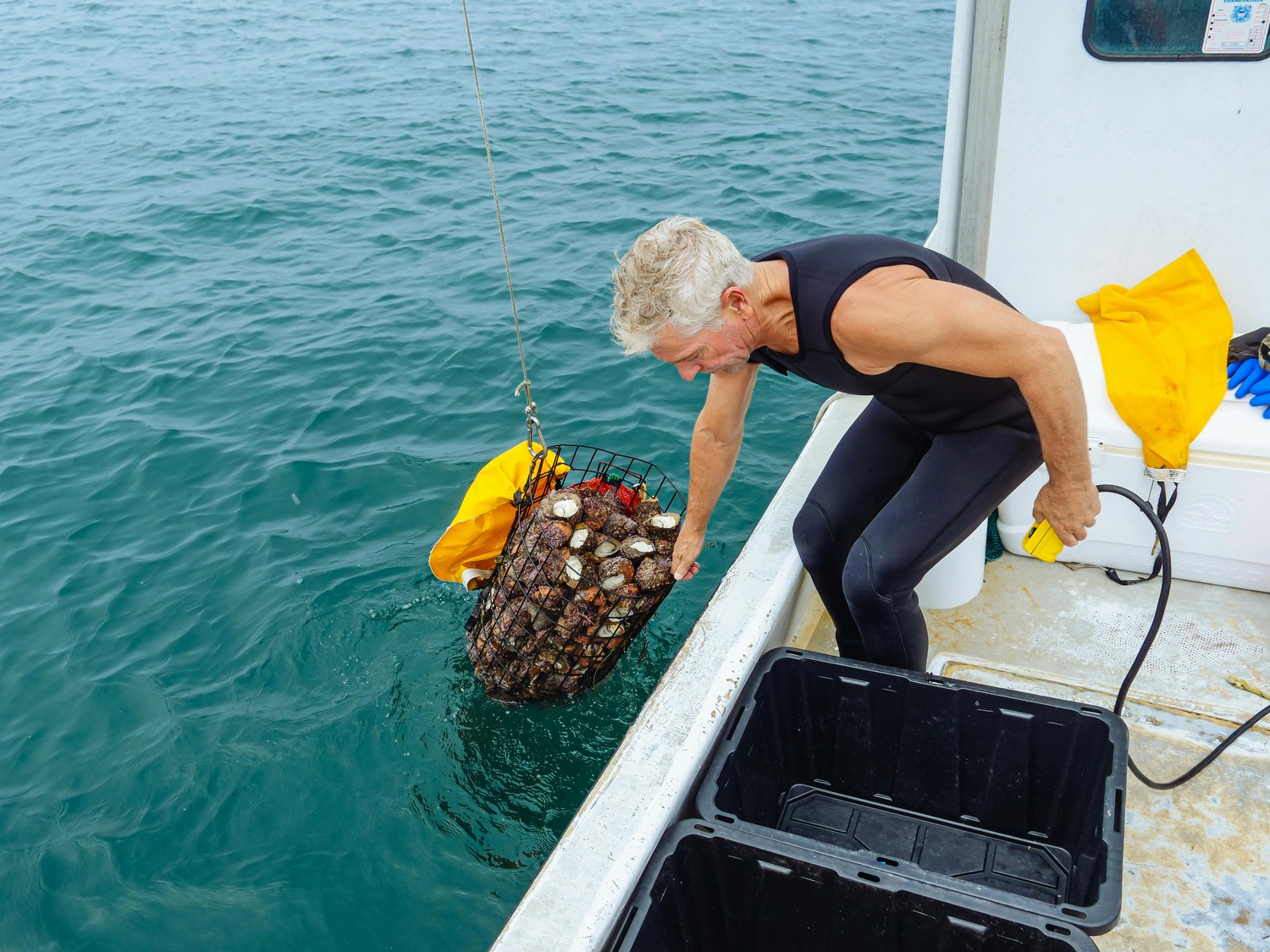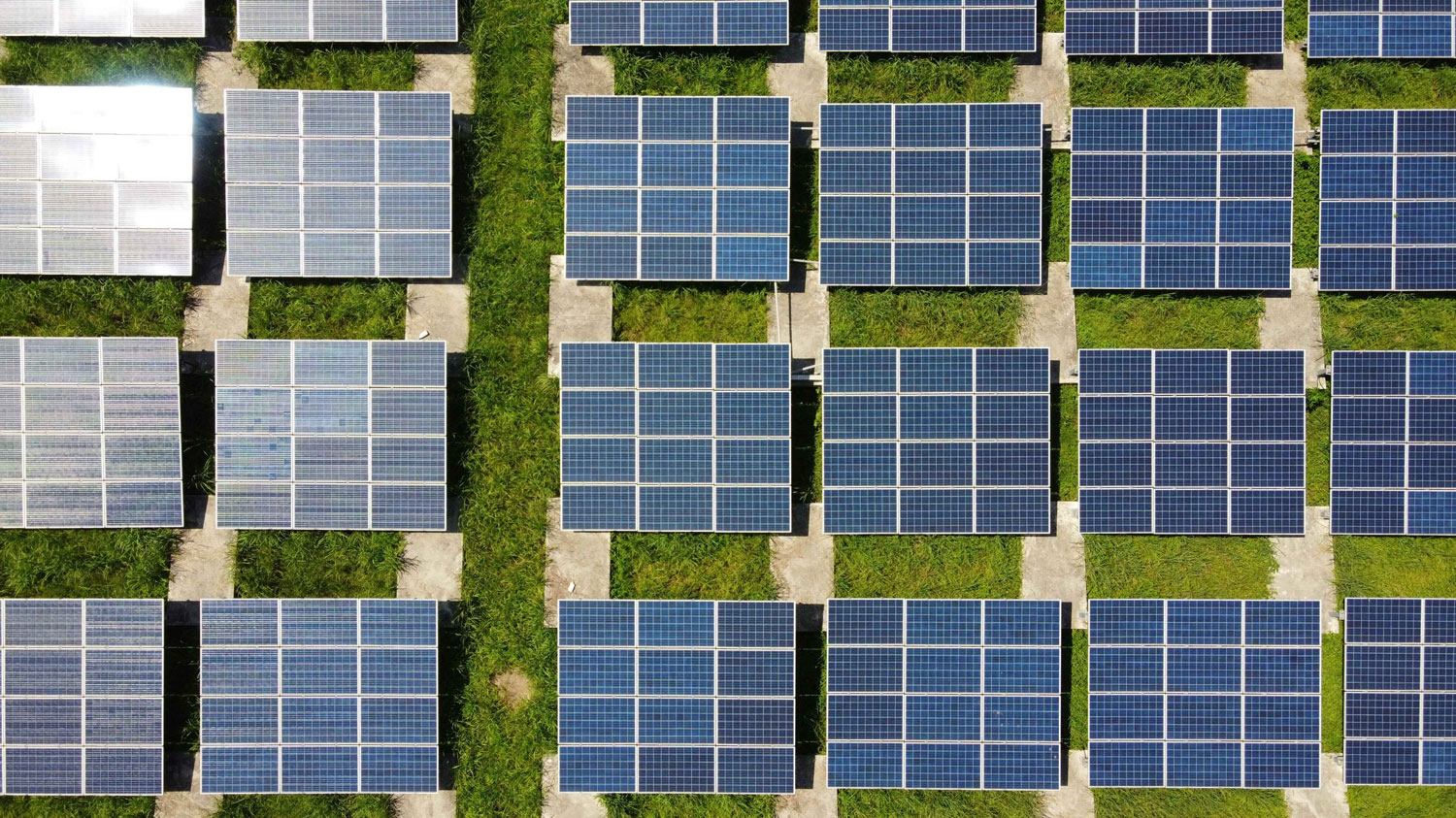Exclusive
 What Does Science and ESG Hold in Trump 2.0?
What Does Science and ESG Hold in Trump 2.0?
 Nature-Based Solutions: Balancing Promise and Limitations in Climate Action
Nature-Based Solutions: Balancing Promise and Limitations in Climate Action
 Crafting Eco-Friendly Strategies for Niche Enterprises
Crafting Eco-Friendly Strategies for Niche Enterprises
 U.S. Companies Roll Back ESG Commitments
U.S. Companies Roll Back ESG Commitments
 How New Rules Are Making Greenwashing a Thing of the Past
How New Rules Are Making Greenwashing a Thing of the Past
 Why Scope 3 is the Real Test of Corporate Climate Commitment
Why Scope 3 is the Real Test of Corporate Climate Commitment
 Water Sustainability in 2025 – Digitalization, AI, and the Rise of Smart Water Systems
Water Sustainability in 2025 – Digitalization, AI, and the Rise of Smart Water Systems
 From Pledges to Practice: Building Coherent and Reliable Climate Policy
From Pledges to Practice: Building Coherent and Reliable Climate Policy
.jpeg) The Role of Circular Economy in Waste Management
The Role of Circular Economy in Waste Management
 Small Steps, Big Wins: The Power of Everyday Sustainability
Small Steps, Big Wins: The Power of Everyday Sustainability
 Zero Waste at Home: Practical Tips for a Greener Lifestyle
Zero Waste at Home: Practical Tips for a Greener Lifestyle
 India’s Green Hydrogen Mission – Pioneering a Low-Carbon Future
India’s Green Hydrogen Mission – Pioneering a Low-Carbon Future
.jpg) Urban Resilience – How Nature-Based Solutions Are Transforming Cities
Urban Resilience – How Nature-Based Solutions Are Transforming Cities
 The ISO Net-Zero Standard – A Game Changer for Global Climate Action
The ISO Net-Zero Standard – A Game Changer for Global Climate Action
.jpg) Phasing Out Fossil Fuels— A Just Transition
Phasing Out Fossil Fuels— A Just Transition
 Life Cycle Assessment: The Key to Sustainable Decision-Making
Life Cycle Assessment: The Key to Sustainable Decision-Making
.jpg) Sustainable Menus— A Recipe for Environmental Responsibility
Sustainable Menus— A Recipe for Environmental Responsibility
.jpg) Green Hydrogen for a Sustainable Future
Green Hydrogen for a Sustainable Future
.jpg) Net Zero Made Simple— Everything You Need to Know
Net Zero Made Simple— Everything You Need to Know
 Regenerative Agriculture— Revitalizing Farms & Rebuilding Ecosystems
Regenerative Agriculture— Revitalizing Farms & Rebuilding Ecosystems
 Decarbonizing Transportation with Electric Vehicles and Beyond
Decarbonizing Transportation with Electric Vehicles and Beyond
 Reducing Consumption— Sustainable Practices at Home and Work
Reducing Consumption— Sustainable Practices at Home and Work
 Harnessing Power Through Sustainable Means
Harnessing Power Through Sustainable Means
 Decarbonization— The Path to a Low-Carbon Future
Decarbonization— The Path to a Low-Carbon Future
 The Path to a Sustainable World
The Path to a Sustainable World

Subscribers: 236
Industrial Symbiosis Networks Creating Cross-Sector Material Flows

04 April 2025
330
Introduction
Industrial symbiosis networks represent a powerful strategy for enhancing resource efficiency and reducing waste across industries. By creating cross-sector material flows, these networks enable companies to share resources, exchange by-products and collaborate on innovative solutions— thereby fostering a more circular economy.
The Concept of Industrial Symbiosis
Industrial symbiosis involves the collaboration of different industries to promote the sharing and reuse of resources[1]. This approach is rooted in the idea that one company's waste can become another's raw material which reduces the need for virgin resources and minimizing environmental impacts.
Benefits of Industrial Symbiosis
The benefits of industrial symbiosis are multifaceted. It can lead to significant cost savings by reducing waste disposal costs and the purchase of raw materials. Additionally— it fosters innovation through collaborative problem-solving and knowledge sharing among participants. This approach[2] also contributes to environmental sustainability by reducing greenhouse gas emissions and conserving natural resources.
Real Examples
Notable examples of industrial symbiosis include the Kalundborg Symbiosis in Denmark[3], where companies exchange resources such as steam, water and waste heat to optimize efficiency. Another example is the UK's National Industrial Symbiosis Programme (NISP), which has facilitated numerous partnerships across different sectors that is resulting in substantial economic and environmental benefits.
Challenges and Future Directions
Despite its potential, industrial symbiosis faces challenges such as logistical complexities and the need for trust among participating companies. Future directions include utilizing digital platforms to facilitate networking and information exchange among potential partners— enhancing the efficiency of symbiotic relationships.
[1] https://www.mdpi.com/2071-1050/14/23/15872
[2] https://scholar.google.co.in/scholar_url?url=https://www.sciencedirect.com/science/article/pii/S2772390921000202&hl=en&sa=X&ei=gunCZ4PXJ5eY6rQPjuS70As&scisig=AFWwaeYC7_0VvmstICMbn3nuOuum&oi=scholarr
[3] https://www.sciencedirect.com/science/article/abs/pii/S0959652616000962
Read Next
 Blogs
Blogs
The ISO Net-Zero Standard – A Game Changer for Global Climate Action
 Articles
Articles
Making Your Workplace a Greener Place
.jpg) Articles
Articles
Fast Fashion and Textile Waste – The Environmental Crisis We Can’t Ignore
 Articles
Articles
Advanced Carbon Removal Technologies: Technology to Capture CO₂
 Articles
Articles
Climate-Resilient Infrastructure in a Post-Net-Zero World
 Articles
Articles
Planning Sustainable Policies for a Niche Business
Live Polls

.jpg)
Leave your opinion / comment here